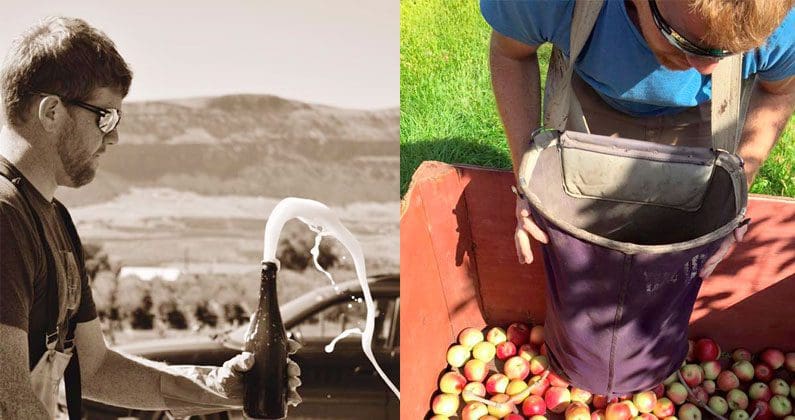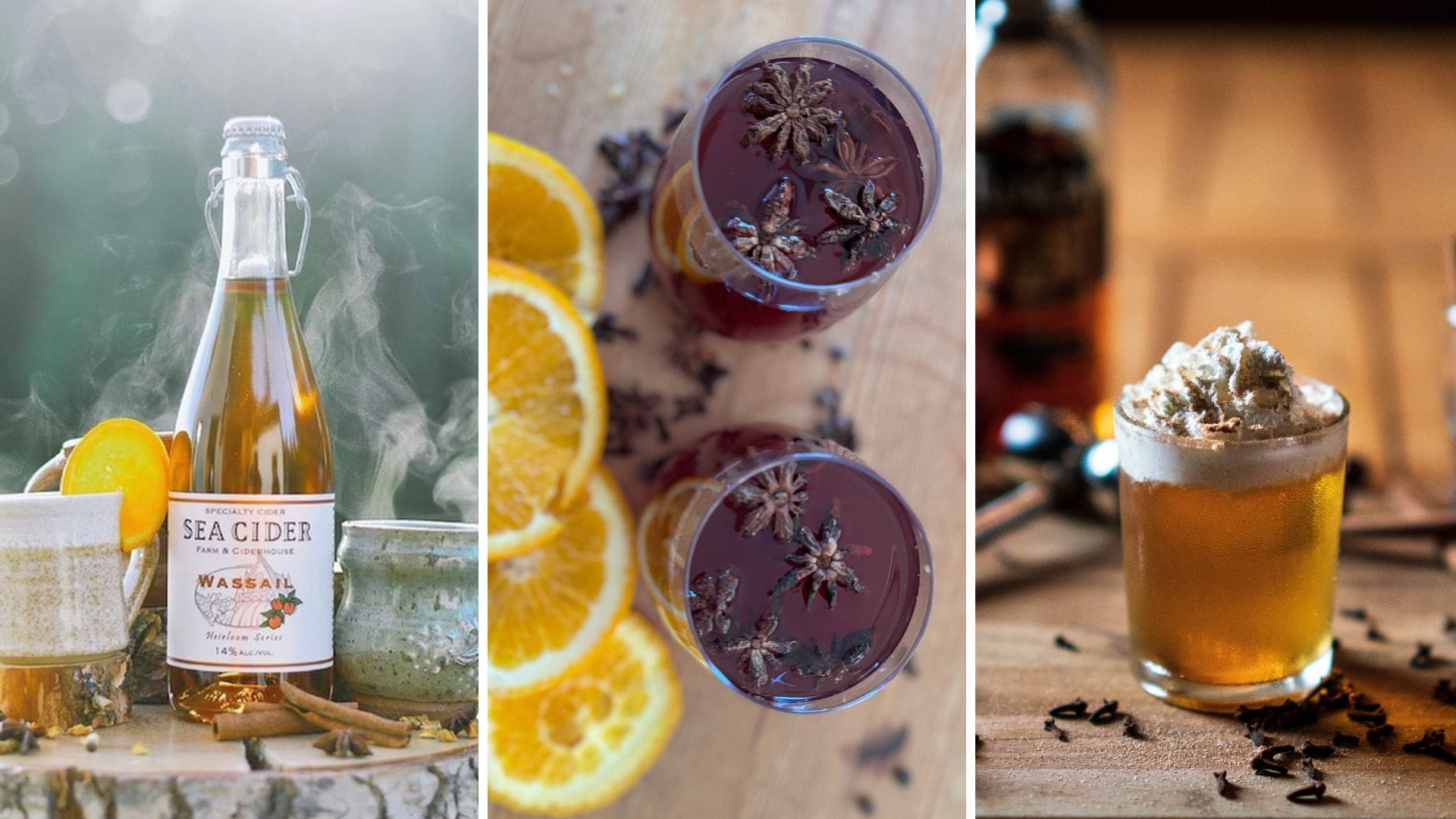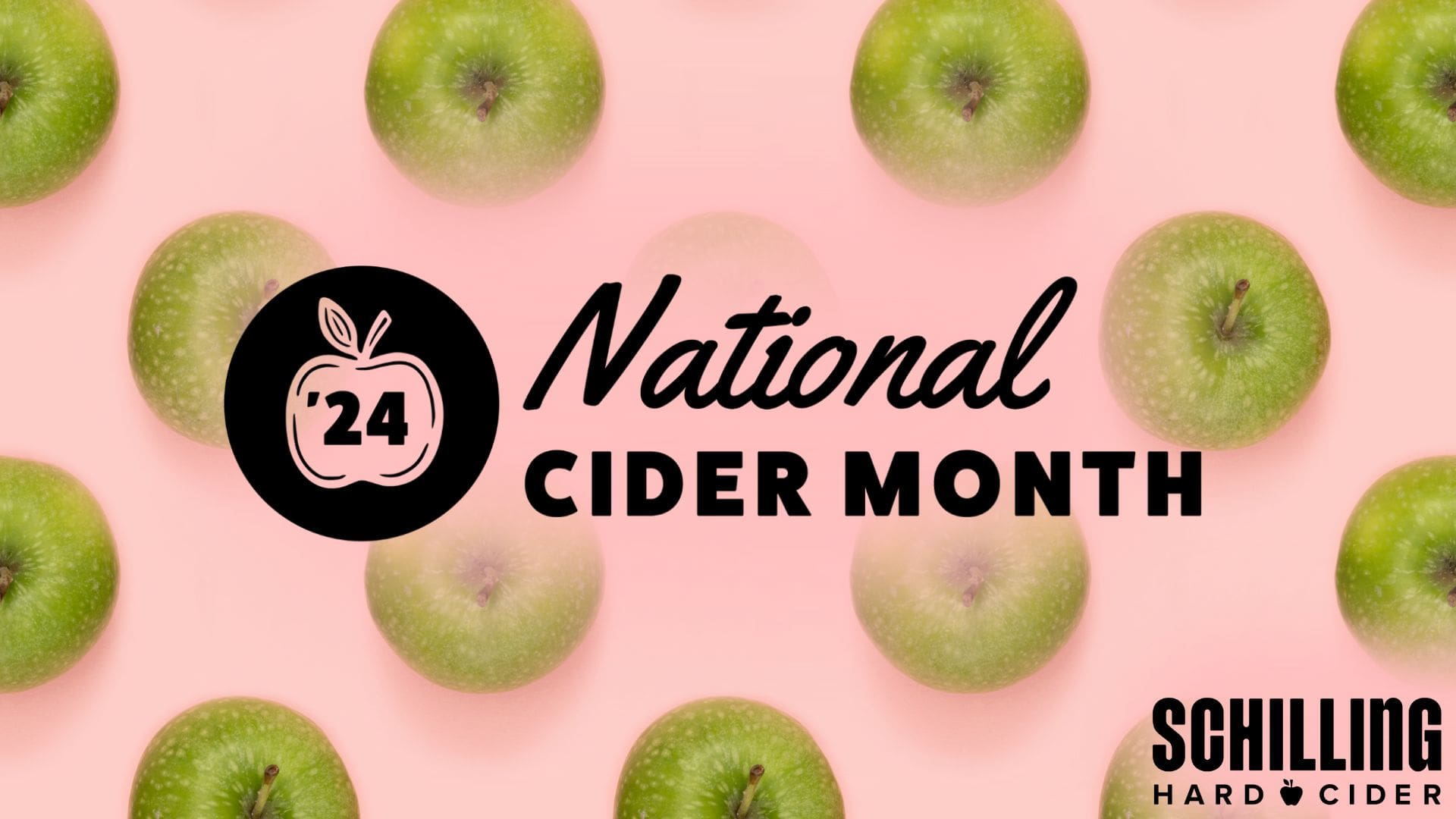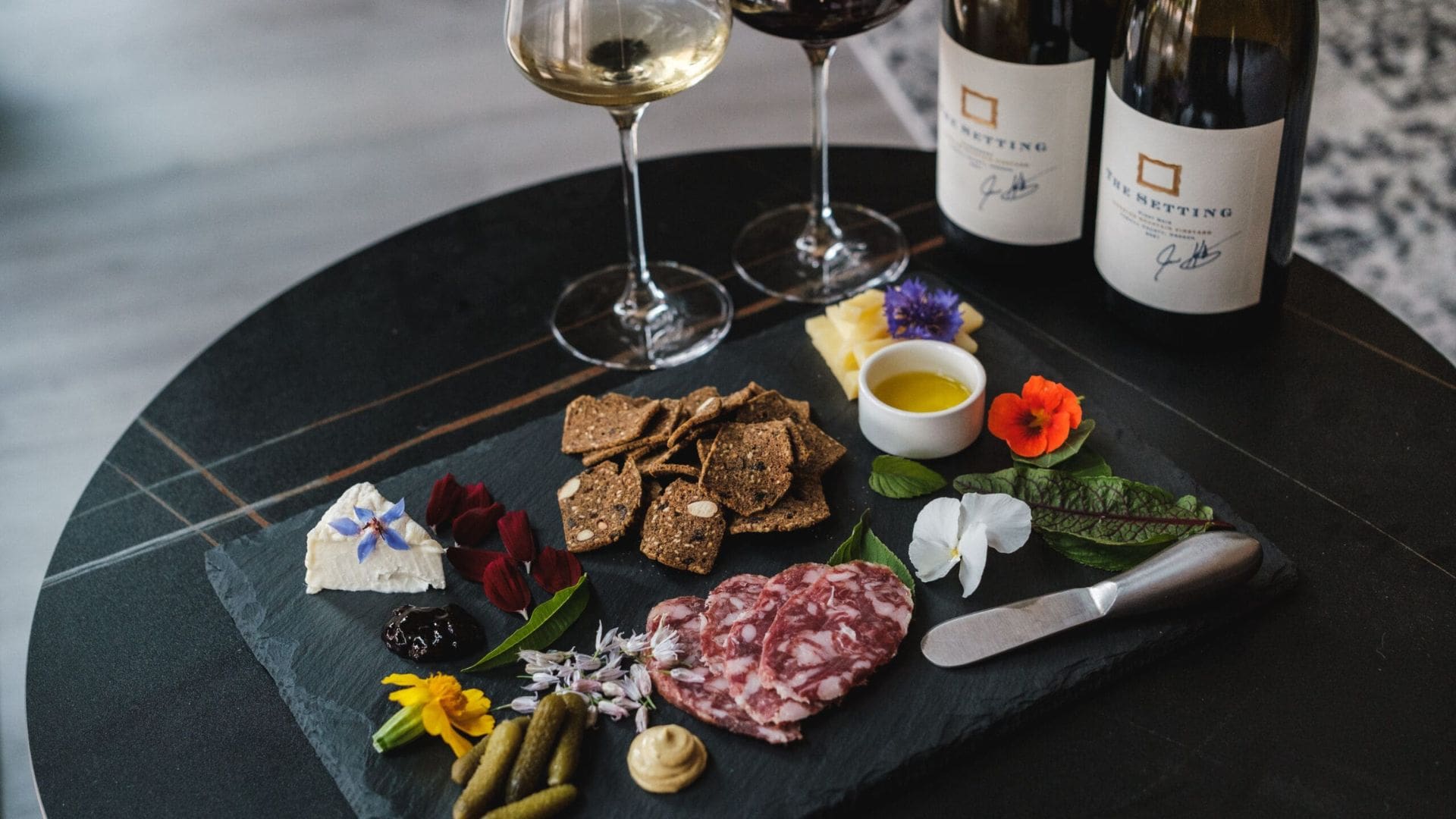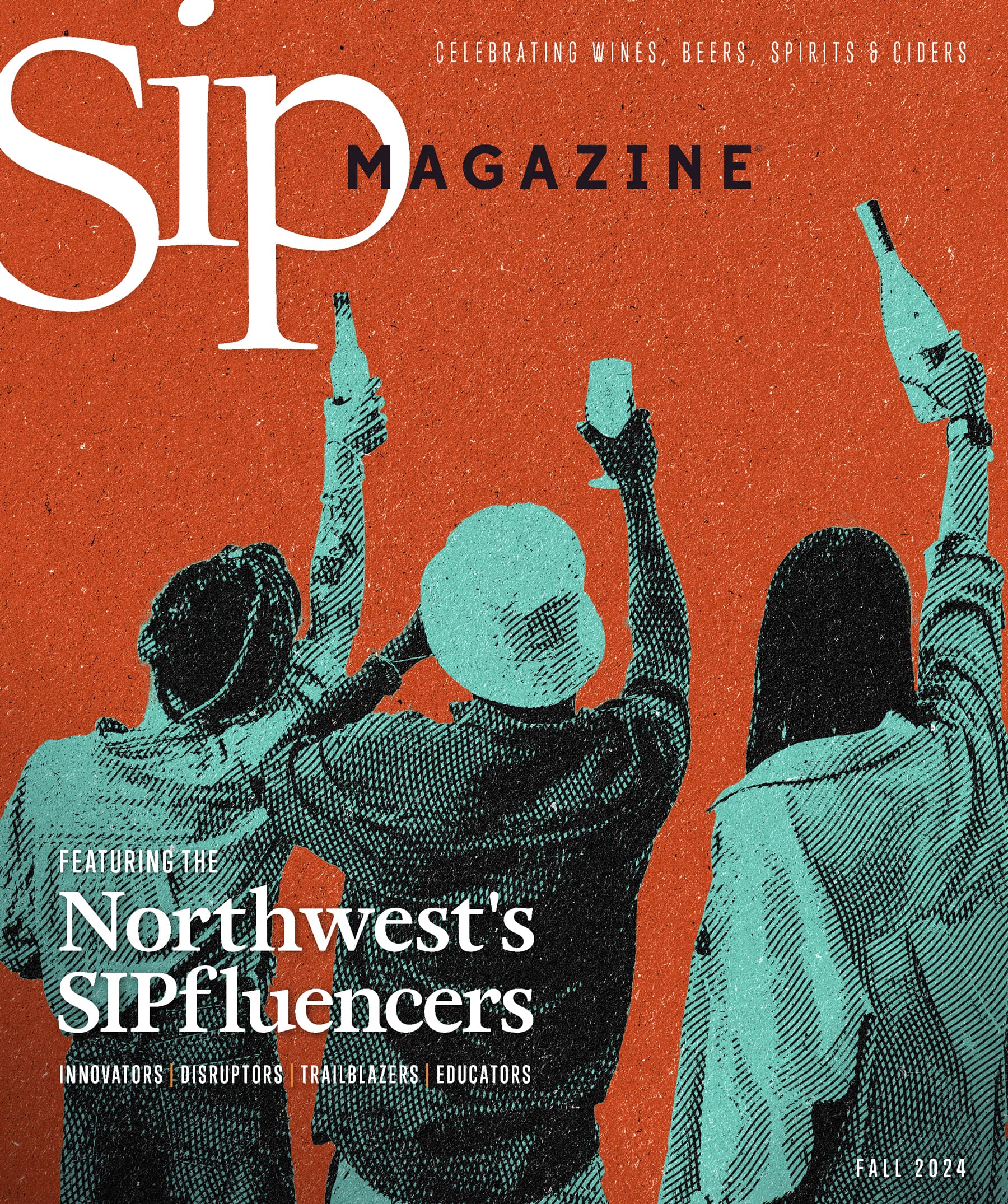Sip Northwest is proud to introduce Four Questions: a veritable call and response singing the praises of handmade beverages region wide, disguised as a plainclothes Q&A series.
Before that bottle of your favorite cider, beer, wine or spirit reaches your hands, these are the fearless leaders strategizing each step from apple, grain or grape to sighs of refreshment. Ever wonder what the pros are drinking at home, or even what musical inspiration can be found on their personal or production floor playlists? We’re posing a fixed set of four questions to a different producer, twice a month, with the intention of revealing an expression of personality as varied as the unique offerings they create.
Exhibit A: Tim Larsen, owner and cidermaker extraordinaire behind Snowdrift Cider. The East Wenatchee, Washington, orchard has nurtured apple trees for more than 30 years, and Larsen and team have also spent the past seven of those years nurturing Snowdrift’s product line. Here, Sip Northwest and Larsen chat summer refreshers, Icelandic post-rock and, of course, the beauty of unadulterated cider apples.
1) Which of your own current offerings are you digging the most?
Man, that’s a tough question. For me, consuming cider (or even beer, wine and spirits) is very contextual. What am I eating with it? What time of day and what part of the year is it? Is it raining or beautiful, hot and sunny out? All of our ciders are blends of cider apples with different flavor profiles in mind, intended to be consumed in different settings. Despite that, I do have my favorites.
Cidermaker’s Reserve is definitely the top of my list and named appropriately. For me, it’s the right balance of bittersweet apple tannin, body, complexity and nose that I love in cider. The two year full Champagne [method] process creates even more rich complexity from aging on the lees without leaving that heavy yeasty flavor found in bottle-conditioned products. Unfortunately, I rarely get to drink a bottle because it disappears too quickly. The two years it takes to make means that once it’s gone, it takes awhile to return.
My other favorite right now is Cornice. It’s rich and full-bodied and spends a year in American oak barrels to help soften the acidity and give a warm oaky vanilla finish to it. It has a really nice bittersweet apple characteristic that I think is the signature of an authentic cider. I love Cornice with dinner, particularly with a spicy dish.
2) Any cidermaking pipe dreams you’re dying to make a reality?
Consider yourself warned… what follows is super nerdy. My biggest cidermaking pipe dream is to bring bittersweet cider apples to the everyday cider consumer. Really, what I want to do is reintroduce people to the natural flavors of old apple varieties. Modern apples have very little in terms of flavor or complexity. In very general terms, on a microscopic scale, these compounds can be measured and identified and are called polyphenols. Modern apple varieties like Honeycrisp, Jonagold and Red Delicious have had these flavor compounds bred out of them for decades. This is because they brown the fruit, are hard to store year round and it’s hard to have them in a single apple variety that has mass appeal. Because of this our culture has forgotten what an apple can and should taste like. What these newer eating apple varieties do have, in spades, is sugar, so most people just expect a very sugary sweet taste from both apples and cider.
The problem is that cider is a fermented beverage, and fermentation is the process of sugar being broken down into alcohol, so once you convert these sweet apples into cider you really don’t have any sweetness or natural flavor left. When a bittersweet apple is used, you may have a tiny bit of residual sweetness, but you also have a whole host of other flavor compounds — sometimes similar to those found in well made wines and beers — that start to emerge.
Very few people are aware of the ingredients that go into their cider, and don’t realize that with most of the ciders on the market the actual apple that is used is almost irrelevant to the flavor profile of what they are drinking. Most of the flavor in mass produced ciders is sugar and other added flavors, because the sweet eating apples that are often used lack much flavor after fermentation. These sweet apples are used because they are available everywhere, and actual bittersweet cider apple trees are rare, hard to grow and take years to mature.
Almost exclusively, we use these Old World bittersweet and bittersharp apple varieties to craft our ciders. My dream is to be able to start bringing the rich flavor of these Old World cider apples to the everyday cider drinker.
3) What non-cider beverage is in your glass most these days? at is your favorite way to enjoy it and where?
Given that it’s summer and we are in Central Washington, which is a desert, gin and tonics are my non-cider beverage of choice lately. There is something delightfully flavorful and refreshing about a well made gin and tonic.
4) Favorite song, album or artist to jam out to while throwing a few down the hatch?
Again, tough question, and this ranges a lot, but lately I’ve been enjoying Sigur Rós quite a bit. Our team in the cidery has quite an eclectic taste in music, so we listen to just about everything these days.

